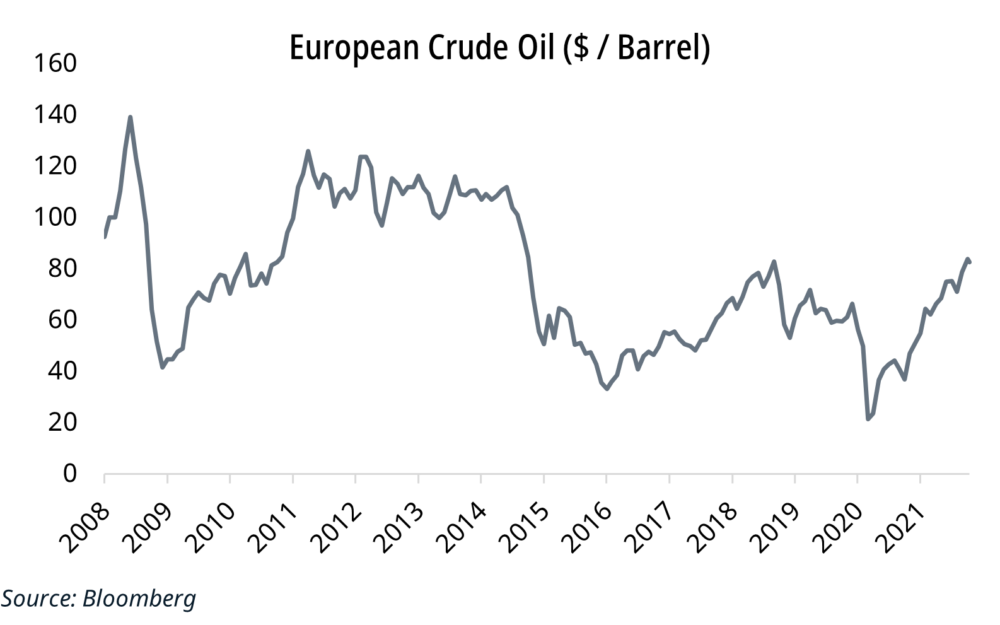Contact
+44 (0) 749 022 1792
admin@carraighill.com
Registered Office
Eagle House, 5 Marine Road Dún Laoghaire, Co. Dublin, Ireland
Request More Information
Thanks for your interest in Carraighill's services. If you wish to know more about our services, you could request more information by clicking the button below.



Carraighill is an SEC Registered Investment Adviser (CRD No. 290703), offering research on select European financial institutions to professional investors. All investments carry a certain risk, and there is no assurance that investments made on the basis of our research will provide positive performance over any period. This communication is for informational purposes only. It does not and is not intended to constitute investment advice or an offer or solicitation for the purchase or sale of any financial instrument or as an official confirmation of any transaction. All market prices, data and other information are not warranted as to completeness or accuracy and are subject to change without notice.
© 2021 Carraighill Capital Ltd. Registered in Ireland. No. 529193.
About | Contact | Privacy & Cookies | Terms & Conditions | Disclaimer | GDPR Policy (PDF) | Careers



